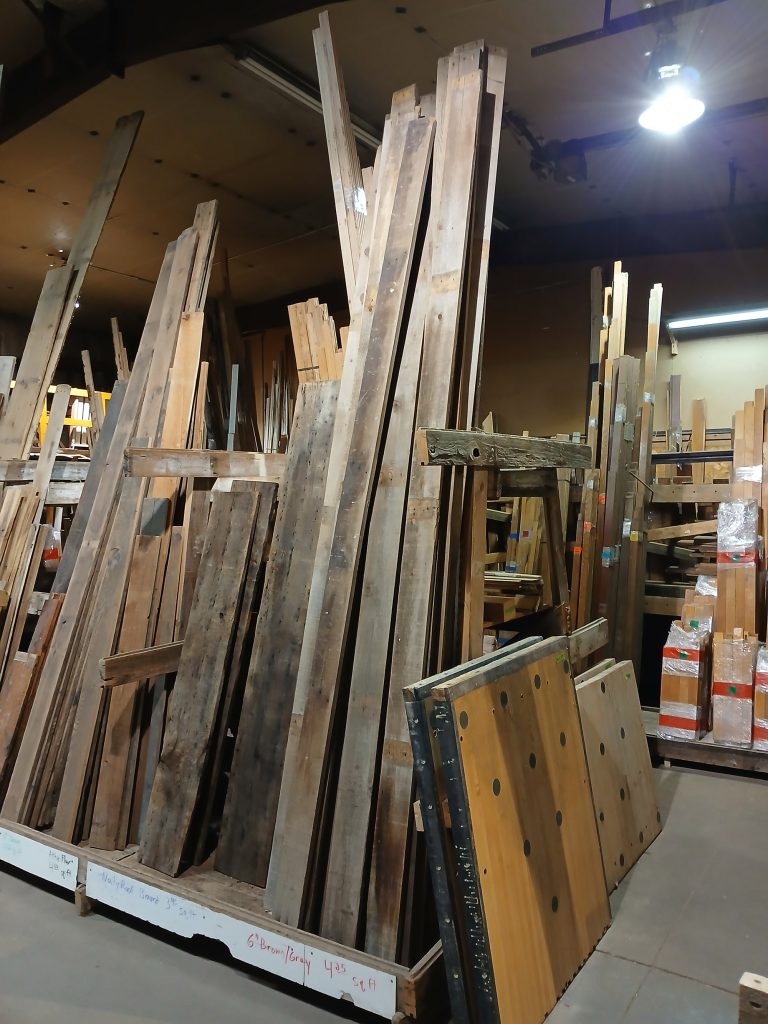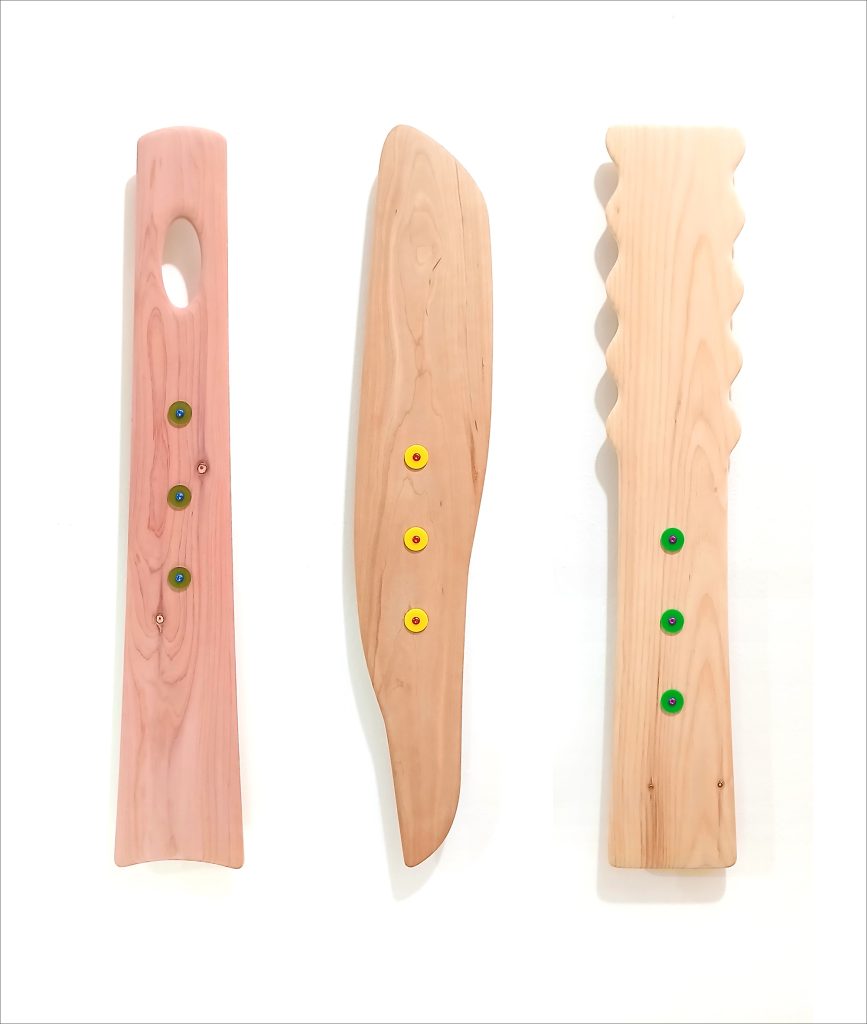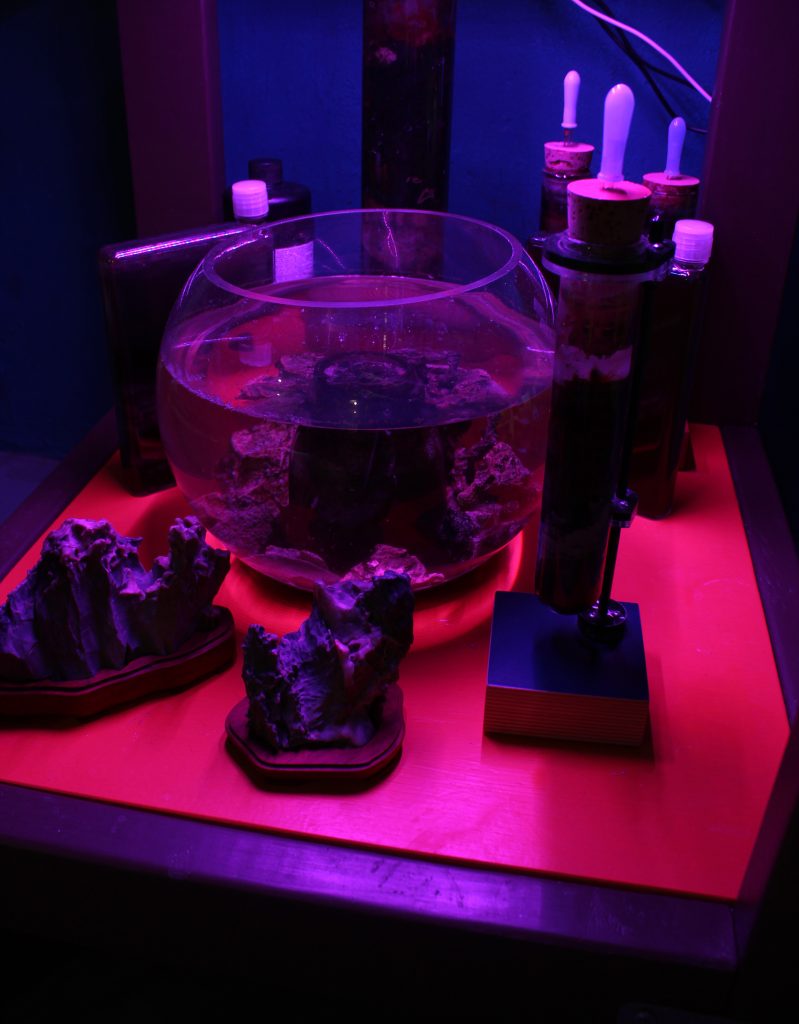A new design!
Today we are sharing a new biophilic design feature based on psychological and physiological research demonstrating beneficial responses to hand touch of natural wood surfaces, especially smooth, unfinished wood. The pieces are further intended as multi-sensory, interactive sculpture experiences and hang vertically on the wall at eye, hand and nose level.
There are a few additional features and concepts in mind, but this version in several different iterations is a 27″ sculptural shape that hangs on the wall with 20-series extruded aluminum channel and other simple hardware. A gallery label positioned nearby invites exploration and also explains a simple natural history/ecology concept for the corresponding tree species.
This Eastern Red Cedar (Juniperus virginiana) piece has a pleasing aroma in addition to smooth wood contours.

In the interest of forestry sustainability, wood material is salvaged, reclaimed or FSC-certified lumber. A local reclaimed lumber seller had several relatively clear and metal-free Pine (Pinus sp.) boards in stock. While probably more than 100 years old, these pieces planed nicely to reveal lovely blond Pine wood.



A third design (below, center) is a feather shape in Black Cherry (Prunus serotina) representing the Cedar Waxwing (Bombycilla cedrorum) and other fruit-eating birds that enjoy this species’ abundant fruit.

It is a great privilege to watch as a new creation emerges from natural wood. We look forward to exploring this idea more with new multi-sensory sculpture ideas and celebration of our native trees and forests.

















